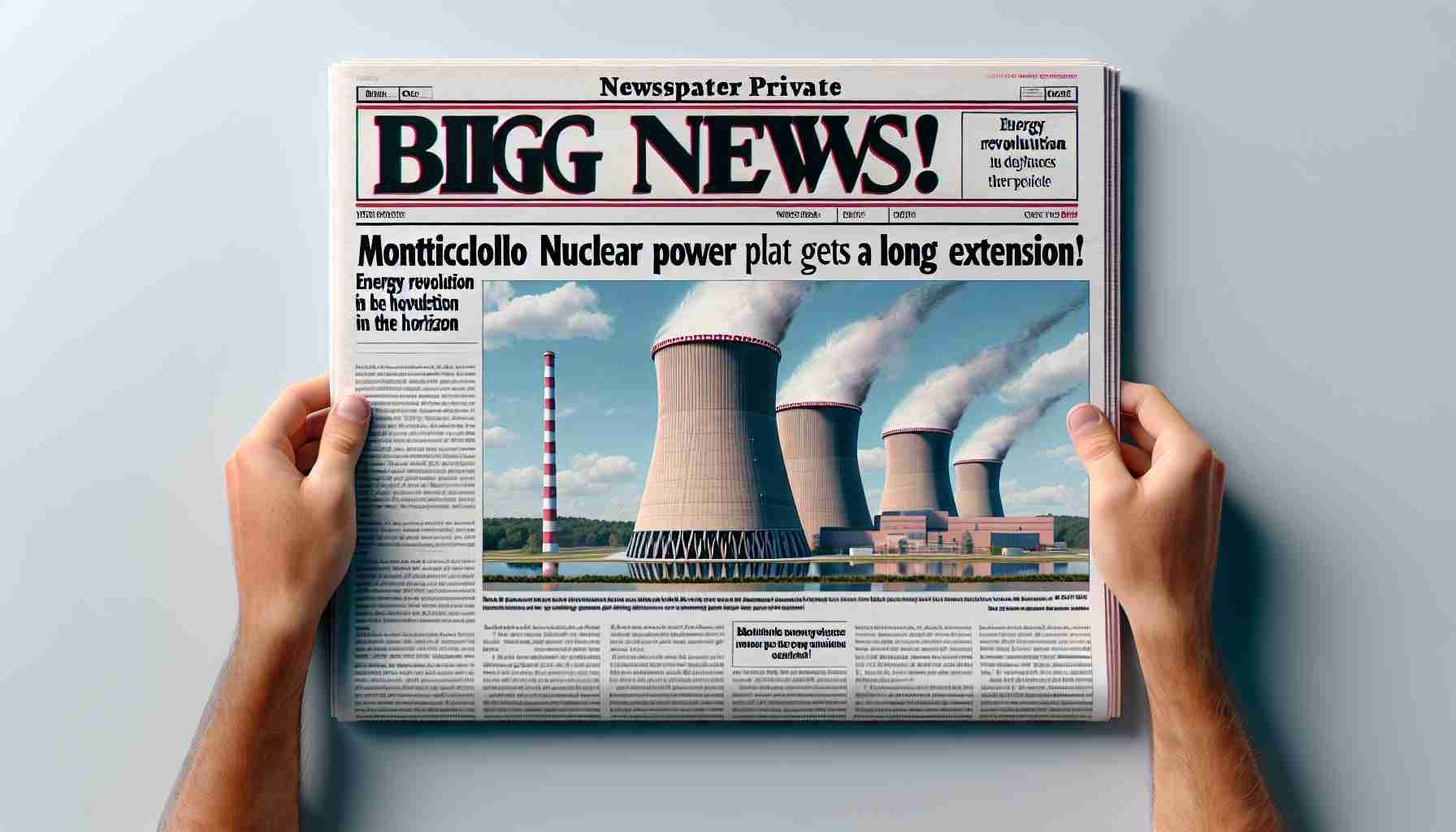Eagle Mountain Explores New Energy Alternatives
Eagle Mountain is currently contemplating changes to its energy regulations to diversify its power generation options amid rapid growth. Among the proposed solutions are solar power, natural gas, and even advanced nuclear technology, which has sparked significant debate among the community.
This initiative is part of Utah Governor Spencer Cox’s ambitious “Operation Gigawatt,” aimed at doubling the state’s energy output within a decade. Yet, concerns loom large among residents about the potential introduction of nuclear facilities in their city. Some local leaders have expressed a desire to keep various options open, anticipating future energy demands as the population expands.
City Economic Development Director Evan Berrett reassures that there are no immediate plans for a nuclear power station, stating that feasibility remains uncertain for the near future. Despite this, the recent planning commission vote showed a split opinion, with a majority opting against advancing ordinance revisions that could enable these energy solutions.
Enyo, a clean energy firm, is seeking to implement solar panels and battery storage, reflecting the growing interest from tech enterprises including Google, which aims to bolster local infrastructure. Eagle Mountain’s rapid expansion—from merely 250 residents at its inception to over 71,000 today—has made energy access a pressing issue.
The city council will soon deliberate on these revisions, balancing growth and sustainability with the concerns of residents wary of nuclear energy’s risks. The path forward is delicate, as leaders strive to meet the expanding needs of their community while ensuring safety and environmental integrity.
Bridging Energy Needs and Safety: Eagle Mountain’s Innovative Ventures
Eagle Mountain Explores New Energy Alternatives
Eagle Mountain, Utah, is on the verge of making significant decisions regarding its energy generation methods as it addresses the challenges of rapid population growth. With a current population exceeding 71,000—a remarkable increase from just 250 residents at its inception—the city is looking at various energy solutions to ensure it meets the rising demand.
# Energy Diversification Initiatives
To fulfill its energy requirements, Eagle Mountain is considering several alternatives under the broader initiative known as “Operation Gigawatt,” led by Utah Governor Spencer Cox. This program aims to double the state’s energy output within the next decade. Key proposed solutions include:
– Solar Energy Installation: Companies like Enyo are eager to introduce solar panels coupled with battery storage systems. This reflects national trends towards renewable energy and introduces a modern infrastructure that can support both local families and tech firms.
– Natural Gas Sources: As an interim measure, natural gas is being evaluated for its potential to provide a reliable energy supply while balancing environmental concerns.
– Advanced Nuclear Technology: Despite its potential advantages, the consideration of nuclear energy facilities has ignited considerable community debate, primarily due to fears surrounding safety and environmental impact.
# Community Response and Regulatory Actions
The community’s response to these energy proposals has been mixed. City Economic Development Director Evan Berrett has stated that there are currently no plans for immediate nuclear power stations, noting that feasibility studies are still in early stages. Nonetheless, a recent planning commission vote demonstrated a divide among community leaders, resulting in a decision against advancing necessary ordinance revisions to permit these energy options.
As the city council prepares to revisit these discussions, a delicate balance must be struck between expanding energy access and addressing residents’ concerns about the implications of new energy technologies—particularly nuclear power.
# Use Cases and Sustainability Considerations
## Pros and Cons of Proposed Energy Solutions:
– Solar Power
Pros: Renewable, sustainable, minimal environmental impact.
Cons: Initial installation costs can be high; requires space.
– Natural Gas
Pros: Readily available, relatively clean compared to coal.
Cons: Still a fossil fuel; contributes to greenhouse gas emissions.
– Nuclear Energy
Pros: High output, low greenhouse gas emissions during operation.
Cons: Safety risks, potential for catastrophic events, long-term waste disposal issues.
# Moving Forward: Market Insights and Predictions
As energy demands escalate and innovative solutions are explored, local leaders will need to harness the insights provided by energy market analysts. To compete in a progressively sustainable world, Eagle Mountain could benefit from tapping into financial incentives for renewable energy projects offered by state and federal governments.
The community’s ongoing discussions surrounding energy regulations reflect a larger trend in many growing municipalities grappling with similar dilemmas. Sustainability remains a critical aspect of ensuring that energy solutions align not just with current needs but also with future environmental goals.
# Security and Safety Aspects
When considering new energy solutions, especially nuclear power, it’s imperative to address safety and security concerns. The town’s leaders must ensure that any proposed facility undergoes rigorous safety assessments and community engagement to foster trust and transparency among residents.
# Conclusion
Eagle Mountain’s pivot toward innovative energy solutions highlights a broader conversations occurring in communities nationwide. As leaders weigh the options before them, they must maintain a commitment to sustainability, safety, and the long-term well-being of their citizens. With upcoming city council discussions, the future of Eagle Mountain’s energy landscape remains a pivotal topic of community interest.
For more information on sustainable energy practices and community initiatives, visit EPA’s website.
The source of the article is from the blog aovotice.cz



